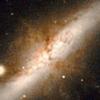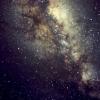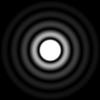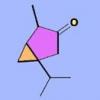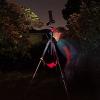Just finished watching Ed Ting's video about these two sct's.
Ed said in the video that it seems that the Edge has some lextra lenses in the back , while the ordinary one don't.
I know that the Edge is better at astrophotography , but how big will the diffrences be using a hyperstar , does the hyperstar equal the diffrenses out?
The reason i ask is that i have a Celestron 6" se that i plan to put a hyperstar on to check what effects it will have on my light pollution , and if succsessful , i might go bigger.
Does anyone have any experiences with this ?
Thanks ![]()


